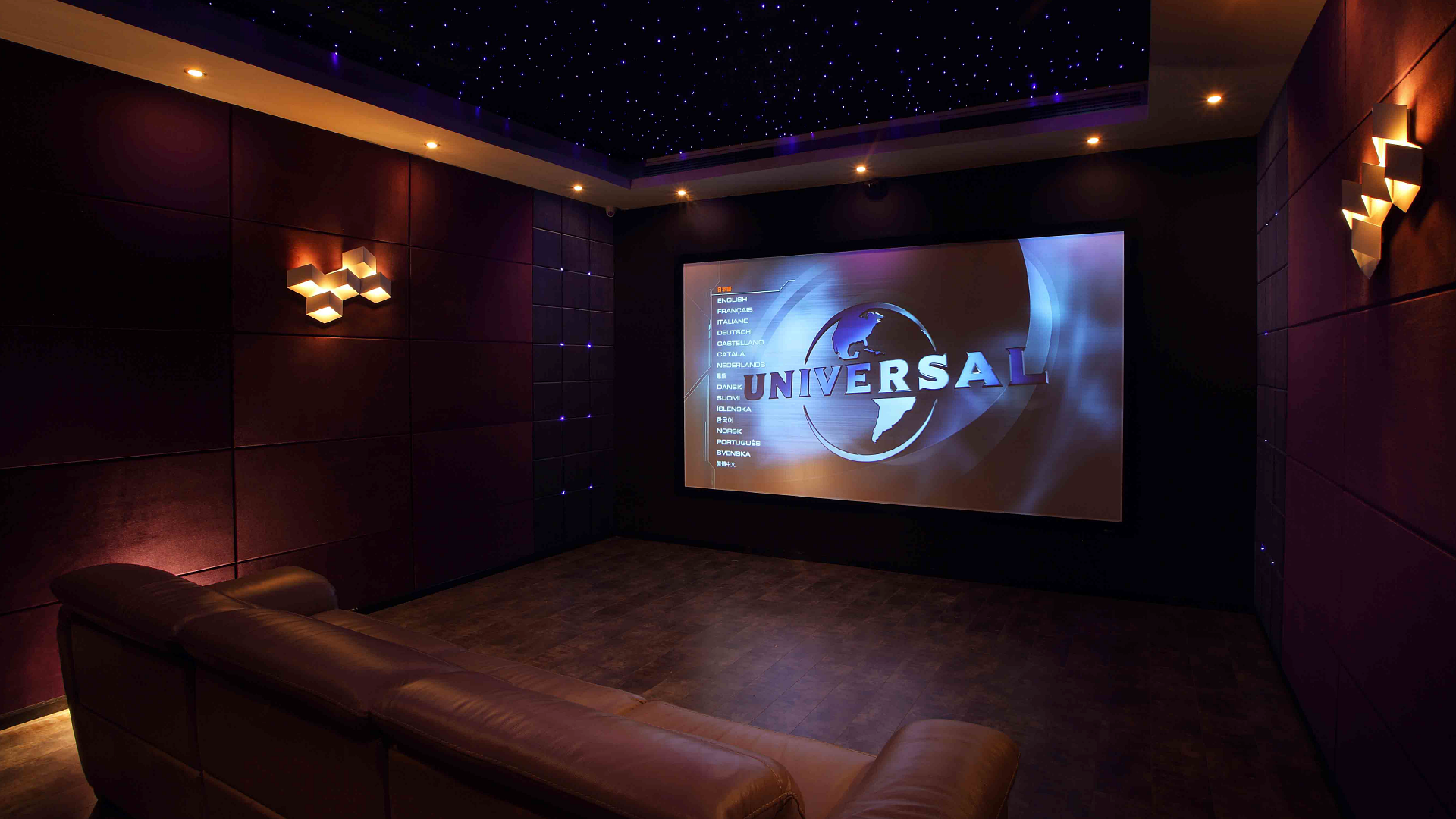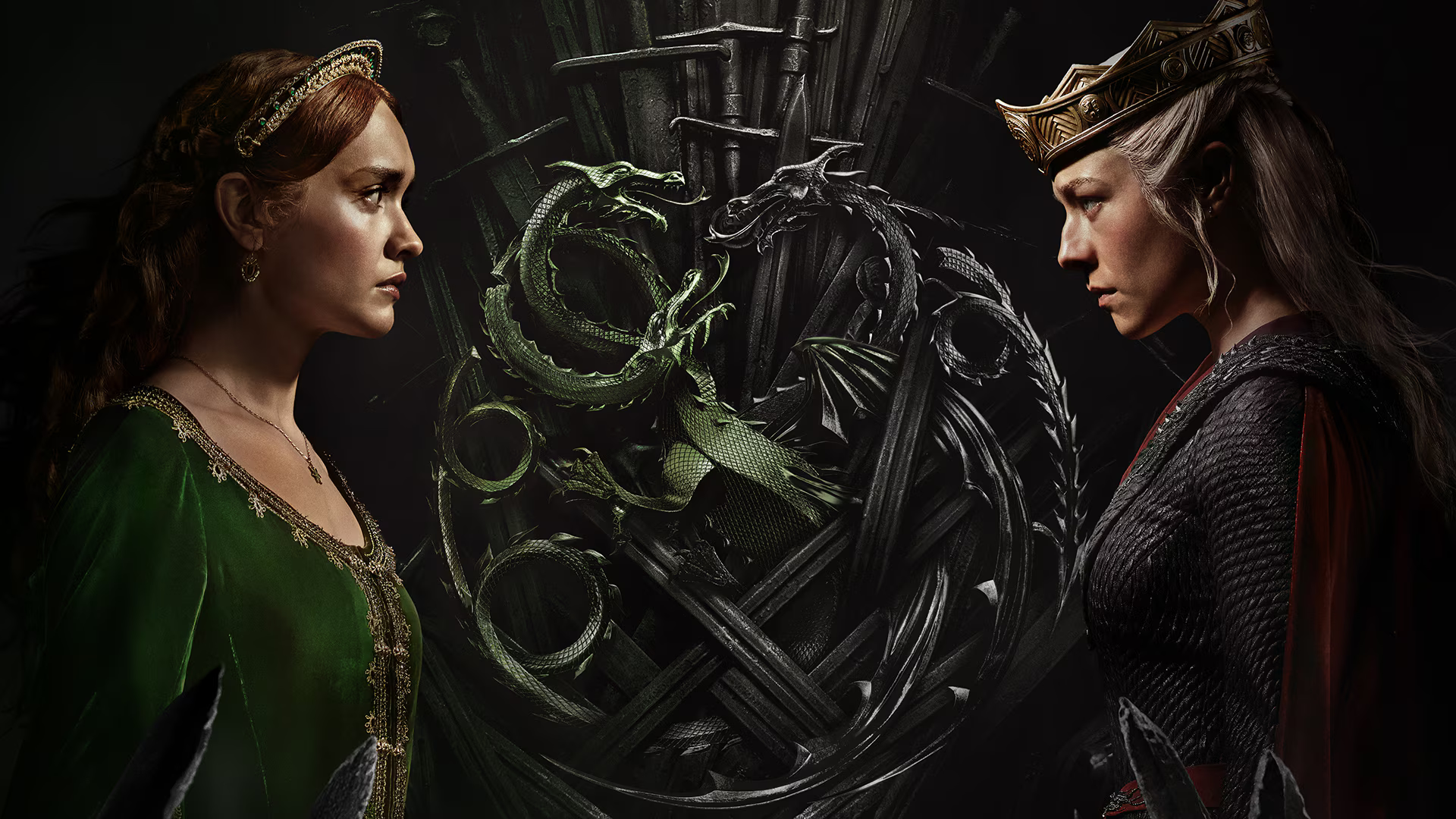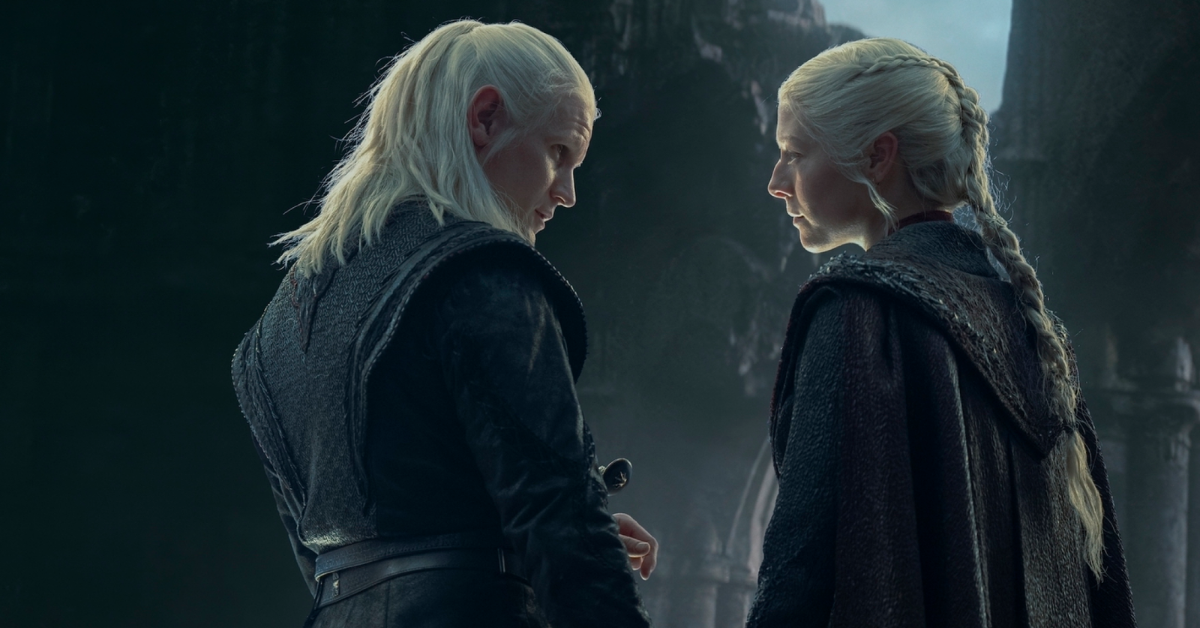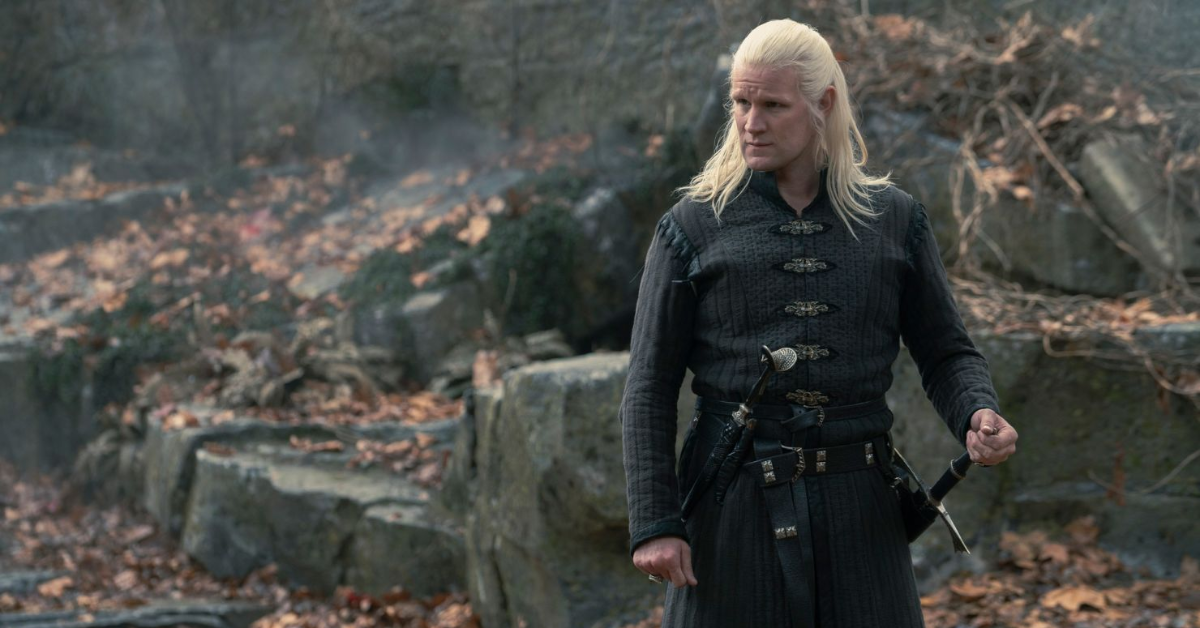WARNING: This article discusses the film’s sexual violence.

Listen to Kenneth talk about his piece and further analysis in our Back to the Movies review
Ever since 2011’s Drive, Nicolas Winding Refn has seen a rise in popularity as a brand in his own right. Part of this stems from his 80s neon color palette and collaborations with composer Cliff Martinez, all blended with long takes and symmetrical shot compositions. However, as of late, Refn has also begun to show a familiar resemblance to filmmakers like Lars von Trier and Michael Haneke, who craft complex movies that are nonetheless difficult to watch because of their pessimistic themes. Refn’s latest film, The Neon Demon (2016), which charts the meteoric trajectory of Jesse’s (Elle Fanning) entry into the modeling industry, shares in its pessimism, and I would even go so far as to say it is not an enjoyable film.
However, this isn’t necessarily an indictment against the film’s aesthetic, nor is it a moral judgment against its narrative. On the surface, it’s easy to read The Neon Demon as a critique of the modeling industry itself. But the film paints a much broader picture of female against female conflicts, at least as Refn and his script collaborators, Mary Laws and Polly Stenham, read them. More generally, the mode through which female against female conflicts are presented in the film is not singular to the modeling world but rather representative of the ways that late capitalism sets women against each other through the medium of their own bodies. While The Neon Demon may not be solely a critique of the modeling world, it does serve as a study in envy and the ways that those affects function to redirect hostility away from systems, institutions, and markets and back towards specific people.
 Conflicts in women against women films – All About Eve (1950), Single White Female (1992), Mean Girls (2004) and Black Swan (2010), to name a few – most commonly manifest through envy. Envy’s prominence in these films is unsurprising since it’s most commonly gendered as feminine. In this framework, envy obscures the relationship between hostility that women might have towards other women and the ways that these feelings are spurred on by sexist oppression.
Conflicts in women against women films – All About Eve (1950), Single White Female (1992), Mean Girls (2004) and Black Swan (2010), to name a few – most commonly manifest through envy. Envy’s prominence in these films is unsurprising since it’s most commonly gendered as feminine. In this framework, envy obscures the relationship between hostility that women might have towards other women and the ways that these feelings are spurred on by sexist oppression.
In psychoanalytical terms, the subject (in this case, the person said to be feeling envy) perceives that another woman possesses something that she lacks. When someone is described as envious, then the feelings of hostility appear to originate with that person, not from outside. The result is that blame for aggressive feelings is placed back on women themselves, hiding connections to, for instance, cultural body ideals or wage disparities. So while someone may feel hostility towards someone for looking a certain way, when that hostility becomes put into the framework of envy, then her anger is rendered petty, dramatic, or unwarranted. Consequently, the attention is redirected from oppressive body ideals back to the women themselves. A societal problem becomes displaced and described as a personal one.
The Neon Demon fixates on envious relationships throughout, primarily in Jesse’s interactions with makeup artist Ruby (Jena Malone) and models Gigi (Bella Heathcote) and Sarah (Abbey Lee). In their first meeting, Gigi and Sarah subject Jesse to a line of questioning about her body and her sexual partners, and when Jesse doesn’t provide the answers they’re looking for (she’s not sleeping with anyone and she hasn’t had any plastic surgery done) Gigi and Sarah turn on her. Jesse, as someone whose beauty is “natural” and as someone who has evaded sexual exploitation up to this early point in the film, represents the ideal subject who possesses what Sarah and Gigi can’t have. This scene is immediately followed with the characters watching a strobe light display of a bound body. The shots alternate between Ruby’s look of sexual desire towards Jesse, Jesse’s look of enjoyment at the sight of the bound body, Gigi and Sarah’s looks of contempt towards Jesse, and of course the bound body itself.

These three looks serve to define the ways that each of the four characters will pursue their desires – Ruby’s to levy her mentorship into a sexual relationship with Jesse; Jesse’s to obtain success in the modeling industry; and Gigi and Sarah’s to destroy a rival that they cannot emulate. The strobe light mimics the flashing of a camera or flickering of a film reel, firmly placing them in a microcosm of the modeling industry as it orbits around the grotesque constricted body and the characters’ relations to this ideal and to each other.
The idealization of Jesse’s body is inextricably linked to the desire for sexual possession of her body. If beauty is currency, as a character in the film suggests, there are those who wish to steal that currency or to demand it as part of an expected exchange. Perhaps the most horrific scenes in the film are those that involve sexual violence—both the implied rape of a thirteen-year-old girl in the motel and Ruby’s attempt to rape Jesse after she comes to Ruby for protection.
The role of sexual violence in the film draws to the surface the real threat of those outside of Jesse’s trusted friends (it is implied that the unseen intruder is Keanu Reeves’s motel manager) and the threat of those inside (Ruby as the tired trope of the predatory lesbian). Jesse becomes bound in every direction by threats against her safety, transforming into the body foreshadowed earlier in the film. These scenes show the violence inherent to the entertainment industry’s disturbing logic, and they raise questions about the ways young women become objectified and preyed upon in competitive industries. Jesse’s rise in the modeling world through desire for her body doesn’t protect her but rather heightens her vulnerability.

As with many films coded around envy, the conflict between the characters eventually results in violence. Jesse’s murder towards the film’s conclusion, followed by images of her blood and flesh covering Gigi, Sarah, and Ruby’s bodies, is a destruction of the object of their desire. Because they cannot have Jesse and what they perceive she possesses, they must destroy her. But what’s telling is that even after Jesse has been murdered and consumed, Gigi still feels the pain of what she lacks, resulting in her grisly self-mutilation at the film’s end. Her envy is for nothing because Jesse never possessed what Gigi perceived she lacked in the first place – the ideal female body. Despite her, Sarah, and Ruby’s efforts, Gigi still can’t possess the idealized form of beauty.
Earlier in this piece, I argued that displeasure is the key aesthetic tension in the film. As a film that often makes a concerted effort to disturb and unsettle, I stand by my assessment. But for what aims? Like Mulholland Drive (2001), The Neon Demon disrupts a kind of Hollywood fantasy that ends in stardom. But while Lynch uses plot tropes and common visual cues to subvert it, Refn uses moments of intense violence and unresolved envy to disrupt that fantasy. His film is one that asks the viewer to engage with it by drawing them in and then repulsing them—to make them question the attraction they may have felt in the first place.
The GoodTrash Media team is dedicated to bringing you all of your post-popculture discussion to one place. We believe movies are more than just 90 minutes and a bucket of popcorn and we that discussion with you! Follow the GoodTrash Media Network on Twitter @Good_Trash




Leave a Reply